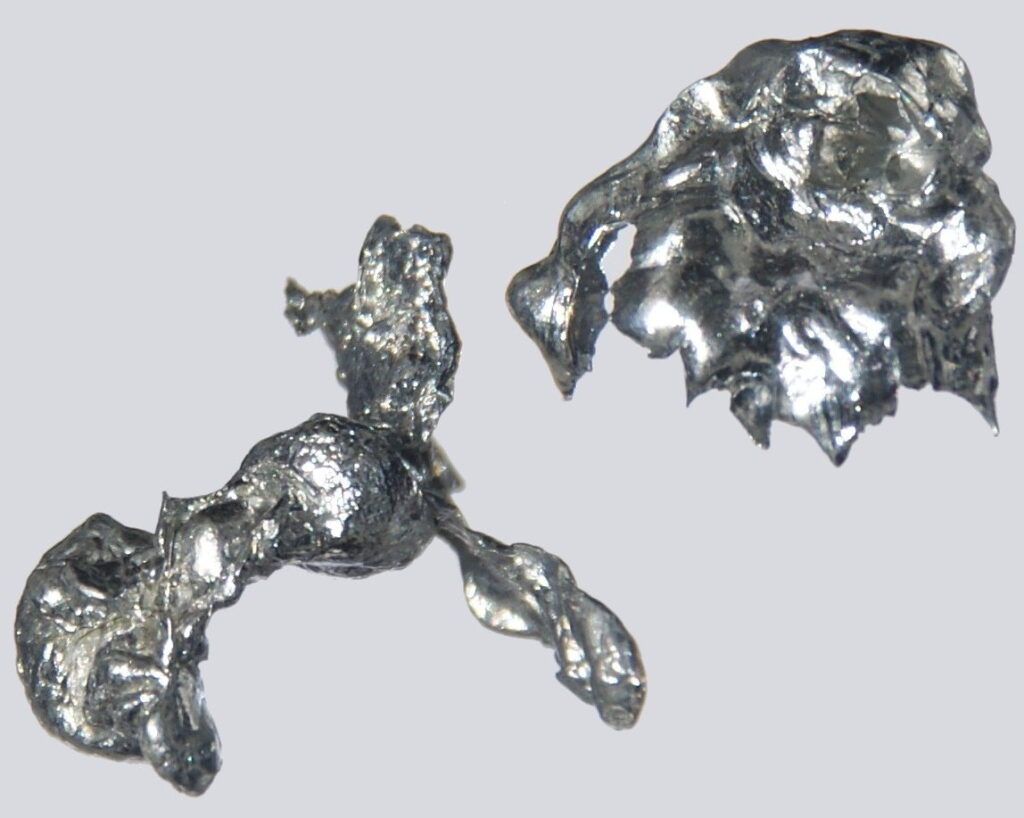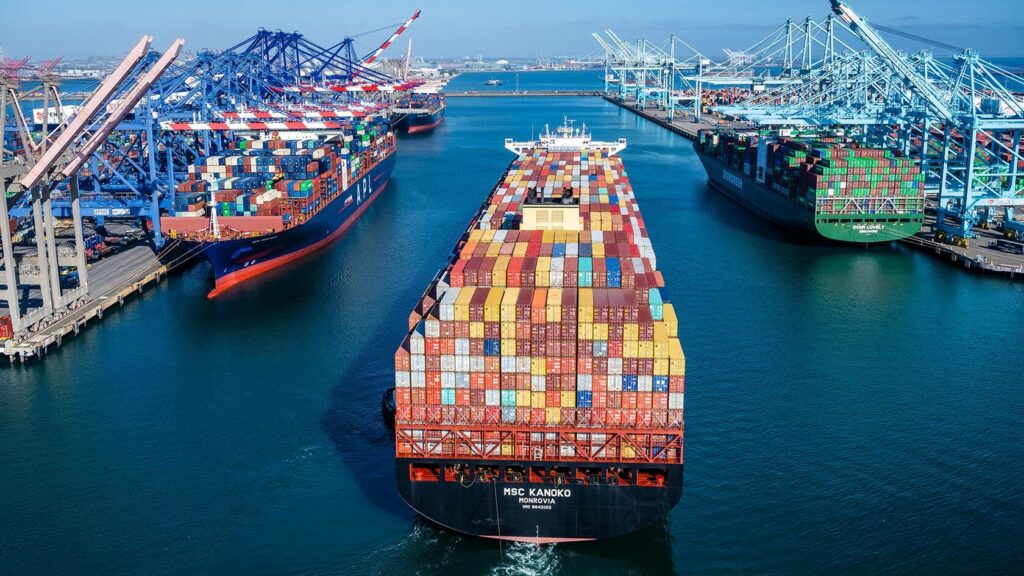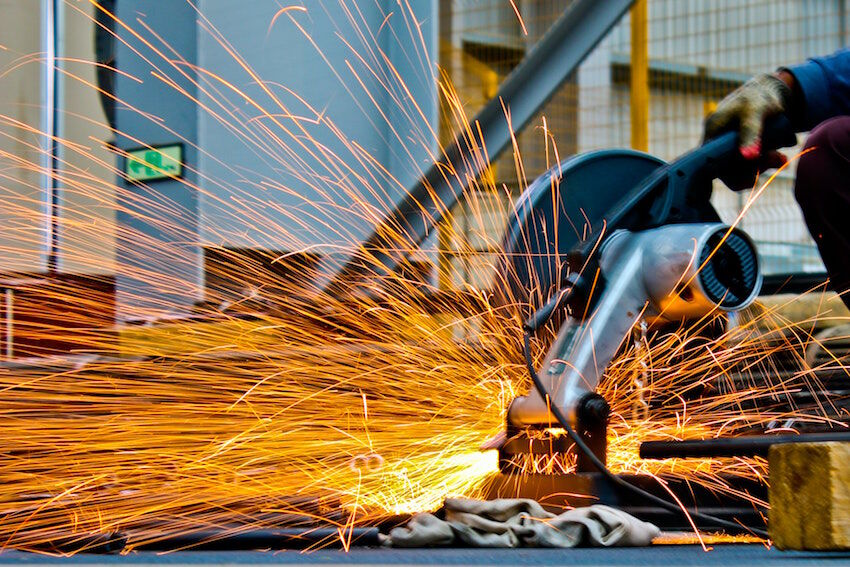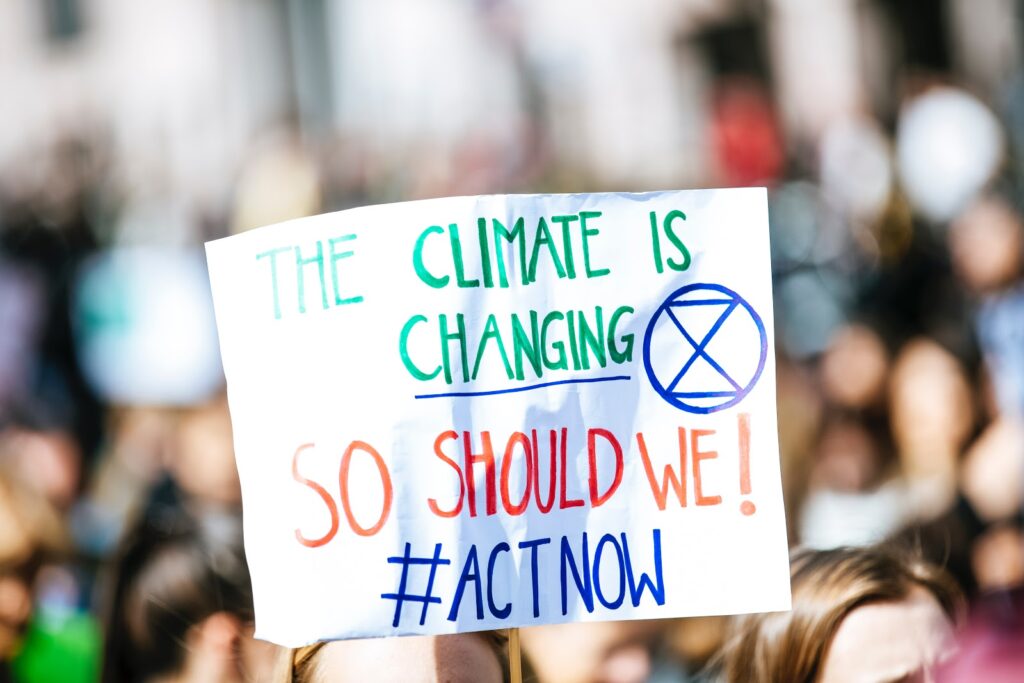The Sixth Assessment Report of the Intergovernmental Committee on Climate Change (IPCC), published in August 2021, painted a stark picture of our world. It made clear that more must be done to reduce and offset carbon emissions.
In the years since 2015’s Paris Climate Accord, many industrial businesses have begun using carbon offsetting strategies to balance the emissions of their operations. Here, Samir Jaber, Technical Writer at Matmatch, explains why offsetting alone will not suffice – and what businesses can do instead.
Carbon offsetting is the idea that companies can continue to produce the same level of or even increase the amount of carbon emissions if they put in place something to offset their emissions. The most common and one of the only two government-accredited solutions is woodland creation. As the name suggests, this involves growing trees that soak up carbon dioxide from the air. Unfortunately, studies have shown that it will take a century for these woodlands to reduce carbon to a meaningful extent, therefore not solving the immediate problem.
In addition, there is a chance that this woodland could be cut down within the next century, thus meaning that companies have increased their carbon emissions with their offsetting intervention no longer in place. In an interview, Imperial College London ecologist Dr. Bonnie Waring raised her concerns about this, stating: “there will always be an element of uncertainty about the longevity of carbon offsets associated with trees”.
Carbon offsetting is a good long-term goal, but, realistically, we cannot wait for a century until trees mature enough to counterbalance the vast amounts of carbon emitted by industrial processes each year. For most industries, a better option is to reduce the carbon intensity of operations with carbon reduction technologies and strategies. A key area where businesses can focus their carbon reduction efforts is manufacturing processes, both in terms of energy usage and the carbon footprint of raw materials. This is particularly pertinent for companies that use plastics or steel in their processes.
The environmental impact of plastics is widely documented. Beyond the issue of pollution, the production of virgin hydrocarbon-based polymers is carbon-intensive due to the extraction and refining of crude oil. For the plastics that do not end up recycled or as pollution, the incineration process also emits a lot of carbon. In a 2019 interview with NPR, Carroll Muffett, Head of the Centre for International Environmental Law, estimated that “emissions from plastics production and incineration could account to 56 gigatons of carbon between [2019] and 2050.”
The plastics industry can switch to using recycled plastics to reduce the carbon involved in production. A study by ALPLA found that using recycled polyethylene terephthalate (rPET) produced 79 percent fewer carbon emissions than virgin PET.
Some manufacturers are hesitant to use recycled plastic as the polymers weaken upon recycling. However, the polymers only significantly weaken upon the third or fourth time recycling, at which point they are then disposed of. Despite the hesitancy, there is still a demand for recycled polymers such as rPET from some engineers. To meet this demand, Matmatch has sourced a variety of recycled polymer suppliers that can be found on its online database. The material data demonstrates that the likes of rPET can boast comparable mechanical and chemical properties to conventional PET.
Beyond the realm of plastics, the steel industry is one of the main producers of carbon emissions in manufacturing, accounting for eight per cent of global carbon emissions in 2018.
Carbon capture, a common carbon offsetting technique, is not yet available on an industrial scale, therefore meaning that carbon reduction techniques will need to be used. One option for the steel industry is to use hydrogen as a fuel injection for the basic oxygen furnaces (BOF), which helps to reduce carbon emissions by minimising wasted energy. This is achieved by using biomass as the fuel injection rather than coal.
Steel is also the most recycled engineering material per ton, with an inherent capability for repeated reuse and little-to-no change in quality. However, steel has a large carbon footprint of 1.82 tonnes of CO2 per tonne of steel produced, which means that recycling materials is not enough. There need to be more interventions when reducing carbon emissions.
Deutsche Edelstahlwerke (DEW) is one company that focuses on producing green steel to reduce carbon emissions. The CO2 emissions of one ton of Green Steel from DEW are equivalent to a car journey of approximately 750km. One example of their Green Steel is the Bainidur 1300, which has a strength of 1,200MPa and excellent machinability and nitridability.
Limiting carbon emissions is something that we need to tackle now, not in 100 years’ time. This shows the necessity of using carbon reduction techniques, rather than waiting for carbon offsetting to work. Although offsetting is certainly beneficial, it should be used to complement other extensive efforts to reduce emissions in manufacturing and product end-of-life care. By reducing emissions at the manufacturing level, companies can sustainably reduce carbon emissions.
The article is featured in Design, Product, & Applications, Envirotec, and Process & Control Today.





